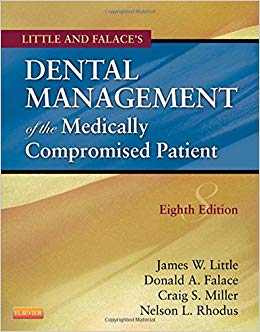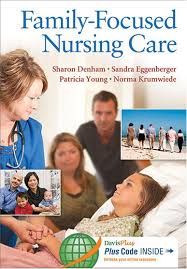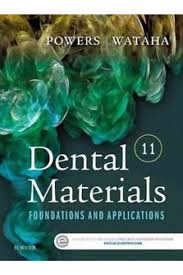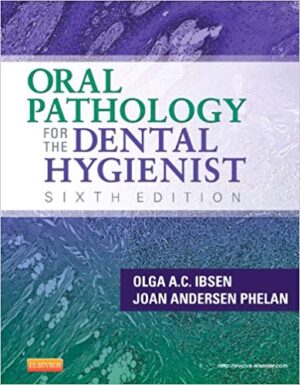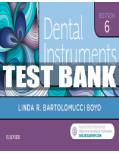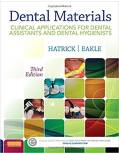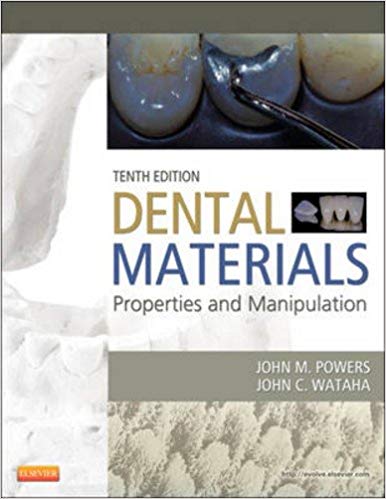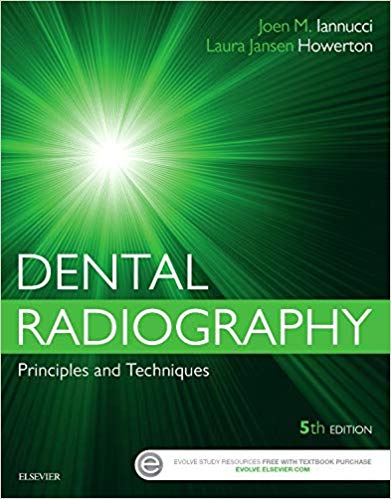Test Bank For Dental Management of the Medically Compromised Patient 8th Edition By Little
Chapter 01: Patient Evaluation and Risk Assessment
MULTIPLE CHOICE
- Elective dental care should be deferred for patients with severe, uncontrolled hypertension, meaning that the blood pressure is greater than or equal to ________ mm Hg.
| A. | 200/140 |
| B. | 180/140 |
| C. | 180/110 |
| D. | 160/110 |
ANS: C
Elective dental care should be deferred for patients with severe, uncontrolled hypertension, which is blood pressure of greater than or equal to 180/110 mm Hg, until the condition can be brought under control.
PTS: 1 REF: p. 4
- The American Heart Association currently recommends antibiotic prophylaxis for a patient with which of the following cardiac conditions?
| A. | mitral valve prolapse |
| B. | prosthetic heart valve |
| C. | rheumatic heart disease |
| D. | pacemakers for cardiac arrhythmias |
ANS: B
Previously, the American Heart Association (AHA) recommended antibiotic prophylaxis for many patients with heart murmurs caused by valvular disease (e.g., mitral valve prolapse, rheumatic heart disease) in an effort to prevent infective endocarditis; current guidelines omit this recommendation on the basis of accumulated scientific evidence. If a murmur is due to specific cardiac conditions (e.g., previous endocarditis, prosthetic heart valve, complex congenital cyanotic heart disease), the AHA continues to recommend antibiotic prophylaxis for most dental procedures. Patients with pacemakers do not require antibiotic prophylaxis.
PTS: 1 REF: pp. 4-5
- One consequence of chronic hepatitis (B or C) or cirrhosis of the liver is decreased ability of the body to _________ certain drugs, including local anesthetics and analgesics.
| A. | absorb |
| B. | distribute |
| C. | metabolize |
| D. | excrete |
ANS: C
Patients with chronic hepatitis (B or C) or cirrhosis have an associated impairment of liver function. This deficit may result in prolonged bleeding and less efficient metabolism of certain drugs, including local anesthetics and analgesics.
PTS: 1 REF: p. 6
- Which of the following symptoms and signs is most consistent with allergy?
| A. | heart palpitations |
| B. | itching |
| C. | vomiting |
| D. | fainting |
ANS: B
Symptoms and signs consistent with allergy include itching, urticaria (hives), rash, swelling, wheezing, angioedema, runny nose, and tearing eyes. Isolated signs and symptoms such as nausea, vomiting, heart palpitations, and fainting generally are not of an allergic origin but rather are manifestations of drug intolerance, adverse side effects, or psychogenic reactions.
PTS: 1 REF: p. 6
- Which of the following is true of the patient with a history of tuberculosis?
| A. | A positive result on skin testing means that the person has active TB. |
| B. | Most patients who become positive skin testers develop active disease. |
| C. | Patients with acquired immunodeficiency syndrome (AIDS) have a high incidence of tuberculosis. |
| D. | A diagnosis of active TB is made by a purified protein derivative (PPD) skin test. |
ANS: C
The potential coexistence of tuberculosis and acquired immunodeficiency syndrome (AIDS) should be explored because patients with AIDS have a high incidence of tuberculosis. A positive result on skin testing means specifically that the person has at some time been infected with TB, not necessarily that active disease is present. Most patients who become positive skin testers do not develop active disease. A diagnosis of active TB is made by chest x-ray, imaging, sputum culture, and clinical examination.
PTS: 1 REF: p. 6-7

